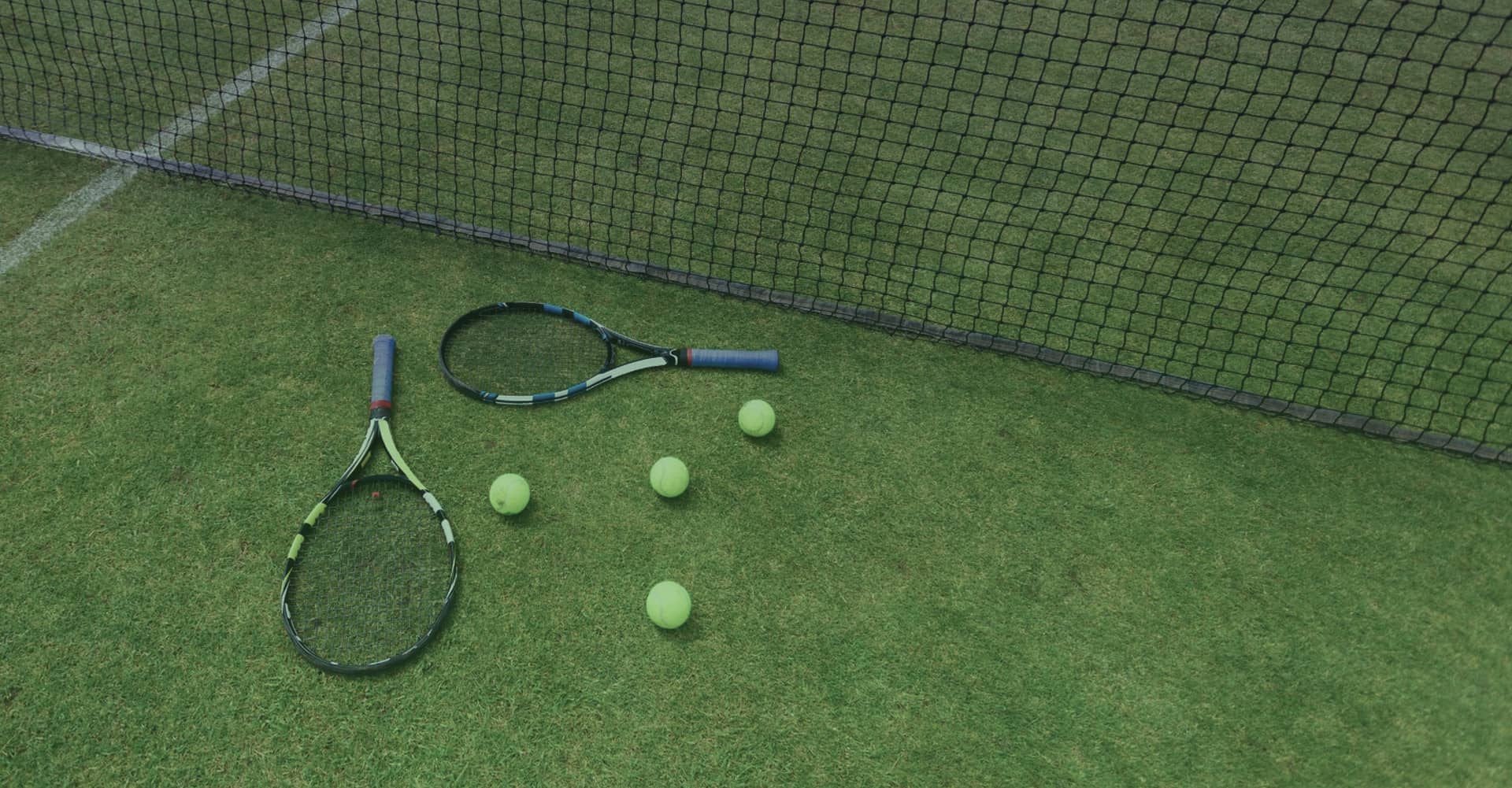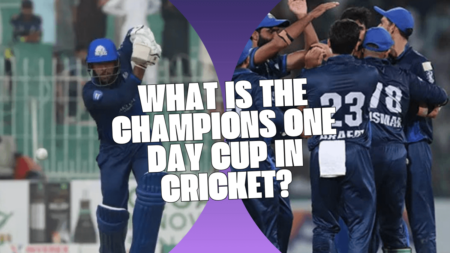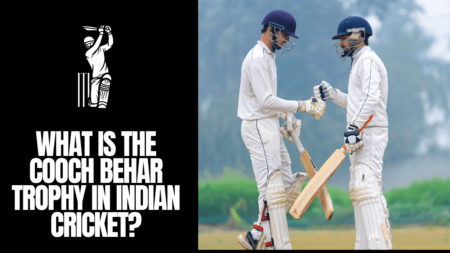

Every year over 600 matches are played on the green grass courts of Wimbledon. Providing faster conditions, the grass asks for high maintenance treatments. The following questions will clear out all your misunderstandings and give you a thorough idea of the grass of SW19.
1) Who is responsible for maintaining all the grass courts at Wimbledon?
“It’s a two-week championship. The first week, there’s a lot of grass. The second week, there’s not as much. Players adapt.” – Eddie Seaward
Till 2011, it was Eddie Seaward who was the head groundsman at Wimbledon. In 2012, he was replaced by Neil Stubley who became the in-charge. Stubley’s team comprises of 16 permanent ground keepers. 12 more are added when the Championships begin.
2) What variety of grass does Wimbledon use?
Grass usually needs a dry soil to grow properly. Before 2001, a mix of perennial ryegrass (70%) and creeping red fescue(30%) was used on Wimbledon’s courts. But, a study conducted at The Sports Turf Research Institute at Yorkshire proved that a court of 100% perennial ryegrass will be more beneficial. This was because perennial grass allows the court’s speed to be nearly the same on the first day of the tournament compared to the last day.
3) Why is the grass length 8 mm and how is it maintained throughout the tournament?
Since 1995 there have been no change in the dimensions of tennis balls. The same year, a research proposed that 8mm is the optimum height of the grass for the ball to bounce. During the Championships the grass is cut every day to maintain its height. Ground staff also keeps in check the hardness of the surface, chlorophyll index and the live grass content to make sure they are in normal limits.

4) How are the vertical stripes of grass so perfectly mowed?
If you look at a grass court you can notice that the vertical stripes of grass contribute a lot to the ambiance of the courts. So what equipment is used to make this picturesque image of the court? None! The grounds men takes a roller and with their own precision and skill they let this highly difficult task look easy and beautify the court by multiple folds. A key point is that the mowing should be done only in one direction so that the grass blades arrange themselves accordingly in a unidirectional fashion.
5) How is “hammer-throwing” a key factor in assuring homogeneity of the Wimbledon turf?
A Clegg soil impact hammer is what is used at Wimbledon. It costs around £2,000. A hammer is attached to a structure which looks like a bicycle pump. A digital sensor is attached in the center. The hammer is struck on the ground and the sensor reads a certain value. If the ground is too soft, then water should not be added further. If the ground is too hard, then water needs to be added. This procedure of hammer-throwing is done 10 days before Wimbledon begins.
6) Is it really the grass that determines the bounce of the ball?
The answer lies underneath. Many believe the grass is the primary factor determining the bounce of the ball but in reality its the soil. There are 9 tonnes of grass that are used every year at Wimbledon. 54 million grass plants are planted. The soil contains 25% of clay which gives hardness to the turf but also makes it prone to cracks. Moisture content should be minimal which keeps the soil dry and hard.
7) What are the various hindrances the grass faces and how are they countered?
- Water: To be the grass away from water from rain the Centre Court has a shed which prevents any damage to the grass.
- Weeds: In the 90s, there was a weed known as Poa Annua which infected the grass at Wimbledon making the spongy and soft. To fight this weed, the use of perennial ryegrass was pioneered. Later, a machine known as Koro Field Top maker was introduced to remove any kind of weeds on grass.
- Pigeons: Pigeons tend to eat the grass and to scare them away Wimbledon has its own trained flying weapon in the form of an eagle known as Rufus. Rufus keeps an eye on the grounds and flees away the pigeons. Pollux, now a three year old eagle is being trained to patrol the Wimbledon grounds. It is said that the little soldier has an obsession for tennis balls.
- Fox: The urine of a fox can burn the grass down. Hence, outfoxing is done by placing an electric wire around the grounds and wild dog are used to guard the periphery.
8) When the roof goes over the Centre Court, won’t the excess moisture affect the grass?
No, it won’t. The reason is proper conditioning of the grass. Once the roof goes up, there are four air conditioners that gobble up the excess air before it reaches the grass and damages it.
9) How are the courts maintained for the remainder of the year?
Ideally, it takes 15 months to establish the perfect grass court. Once the championships are over, the grounds are irrigated, seeded and aerated again. The layer between the soil and grass which makes the soil spongy needs to be removed by small drilling holes. This layer is known as thatch.
The grass is cut to 15 mm in winters with extreme caution as frost develops on the grass. In May the grass is cut three times in a week. By the time it is time for the Championships, it will be time for the championships to begin. In June the roller is regularly moved over the grass to keep the surface firm. June also marks the beginning of the time when the amount of water given to grass is reduced to minimal amount.
The amount of hard work that Neil Stubley and his men put to maintain the aesthetics of Wimbledon is commendable. Their toiling efforts deserve a thousand salutes.




